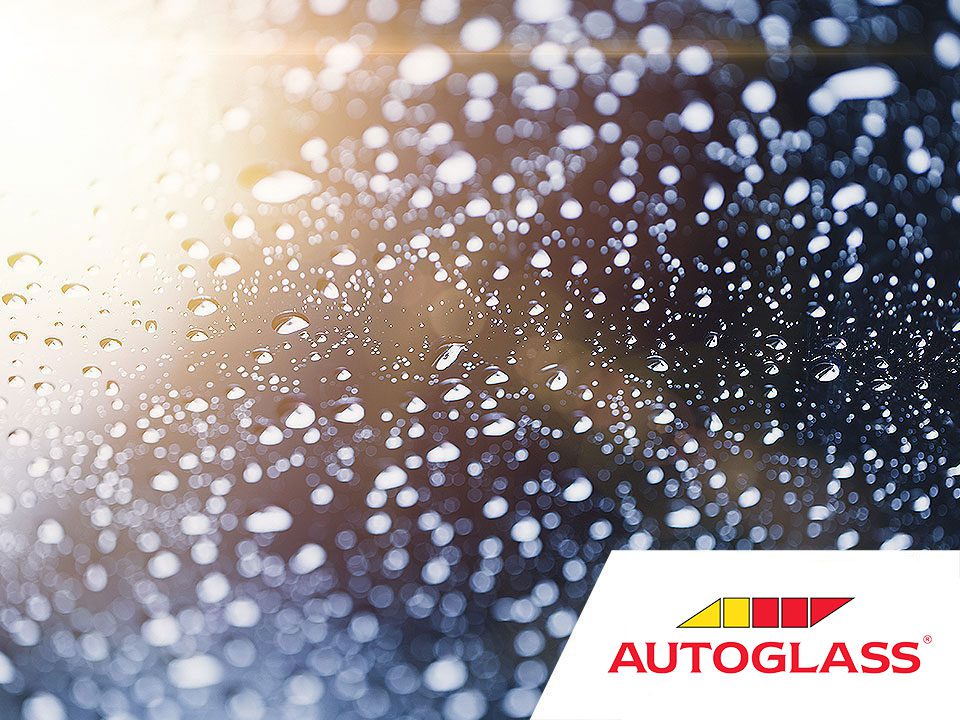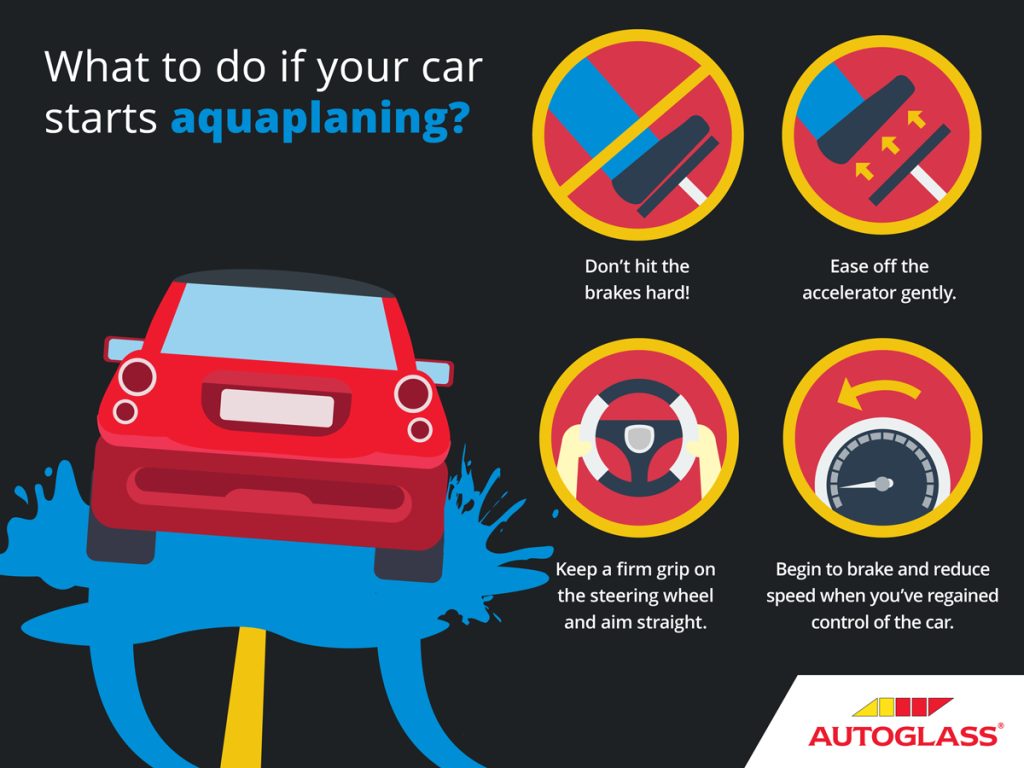
How to drive safe during a summer shower
Here at Autoglass®, we’re all hoping for a summer of soaring temperatures and brilliant blue skies. But, and you don’t need us to tell you this, a sun-drenched summer is far from a guarantee here in Ireland. Frankly, with the consistently changeable nature of the Irish climate over the Summer months – a list for summer driving safety tips can just as quickly turn into a guide for safe driving in all seasons! Ultimately, Summer showers, due to their unexpected nature and intensity, can prove even more dangerous than driving in the rain during the winter months. So, before you set off on the first of your (we hope many!) summer road trips, take the time to dive into our very own guide for safe driving in a summer shower.
13 Summer Driving Hazards to be Aware Of >>
Wait Until The Weather Clears
The safest approach to driving in extreme, rainy conditions is simply to avoid them if at all possible. If it begins to rain heavily before you set off, consider postponing your journey until the summer shower passes. There is no reason to put yourself or your passengers at risk unnecessarily.
Make Sure Your Car is Ready for Driving in the Rain
You never know when you might be faced with a Summer rain shower. So, before setting off on any long journeys this summer, double check that your car is ready for any dramatic, unexpected changes to the weather. First of all, check your tires to ensure they have the proper tread depth and level of inflation. Make sure your brake lights, headlights and indicators are in full working order. Finally, take a moment to make sure that your windscreen wipers are functioning properly and effectively clearing water from your windscreen.
How to Drive Safe on Flooded Roads >>
Slow down
If you find yourself trapped in a summer rain shower, significantly lowering your speed is crucial to driving safely. Driving quickly on a road made slick due to rainwater can lead to hydroplaning. Hydroplaning can occur with less than an inch of water on the surface of the road and is, in essence, what happens when a layer of water prevents your car’s tyres from making contact with the road surface. When hydroplaning, the driver is no longer in full control of the car and may enter into a skid. Slowing down will drastically decrease the likelihood of aquaplaning and losing control of your vehicle. With a view toward avoiding hydroplaning, it is also wise to avoid braking too hard, turning overly sharply and, if you can, try to drive in the tracks created by the vehicle driving ahead of you.
Avoid Cruise Control
Over the last number of years, Cruise control has become more and more common in vehicles all over the country. Helpful as Cruise Control may be for long motorway journeys, keep in mind it can be dangerous to use cruise control when driving in the rain. If you were to encounter rainy conditions, in order to prevent loss of traction, you may need to reduce your speed by letting off the accelerator. This, of course, is not an option when cruise control is engaged. In the interest of driving safely, you are much better off entirely abstaining from using Cruise Control in slippery, slick, rainy conditions.
Give yourself some space
If you encounter a sudden rainstorm when driving this summer, do your best to leave some extra space between yourself and the other vehicles on the road. This extra room will afford you more time to react if you have to stop unexpectedly. As a rule of thumb, when driving in a summer shower, try to allow at least double the usual separation distance between your car and the one immediately ahead of you. If another car is driving close on your tail, let them pass. In terms of safety, you are better off having them in front of you rather than behind.
How to Drive Safe in Heavy Rain >>
Stay away from large trucks
Rainy weather conditions can make it more difficult for larger vehicles, like trucks, to stay within their lane. Not to mention the fact that their larger wheels are prone to kicking up spray from the wet roads – obscuring your view. If you find yourself braving dicey, wet conditions this Summer, do your best to allow yourself a whole lot of extra space between your car and any trucks, coaches, tractors etc.
Use dipped headlights
If you find yourself caught in a heavy Summer shower, be sure to turn on your headlights. Crucially, keep them dipped rather than turning on your full beams. Full beams may prove to be a hazard in themselves as they are likely to interfere with the vision of other road users. By turning on your dipped headlights you should make your car more visible to other road users through the rain without inadvertently blinding them momentarily.
How to Drive Safe in Foggy Conditions >>
If your car begins to skid
Now that we’ve run through those tips for safe driving in the rain, it is probably sensible to take a moment to talk through the best course of action in the event that you do begin to skid. If you feel your car beginning to lose traction, it’s important to remain calm and try to follow these simple bullet points:
- Take your feet off the pedals.
- Stop braking and stop accelerating.
- Make sure you continue to look and steer in the direction in which you want your car to travel.
- Do your best to avoid slamming down hard on the brakes as this will only serve to further disrupt the vehicle’s balance and may result in a spin.
- If you don’t panic and follow these steps – your car will soon regain its balance and pull out of the skids.
- Watch this video for extra tips on how to deal with this hazard.
Now you’re all set for anything the Irish Summer throws at you – here’s hoping you won’t need it! Safe travels and be sure to check the Autoglass® blog again soon for more guides, explainers and motoring tips.
Book an appointment now
For a quick and easy way to make an appointment book online now.

